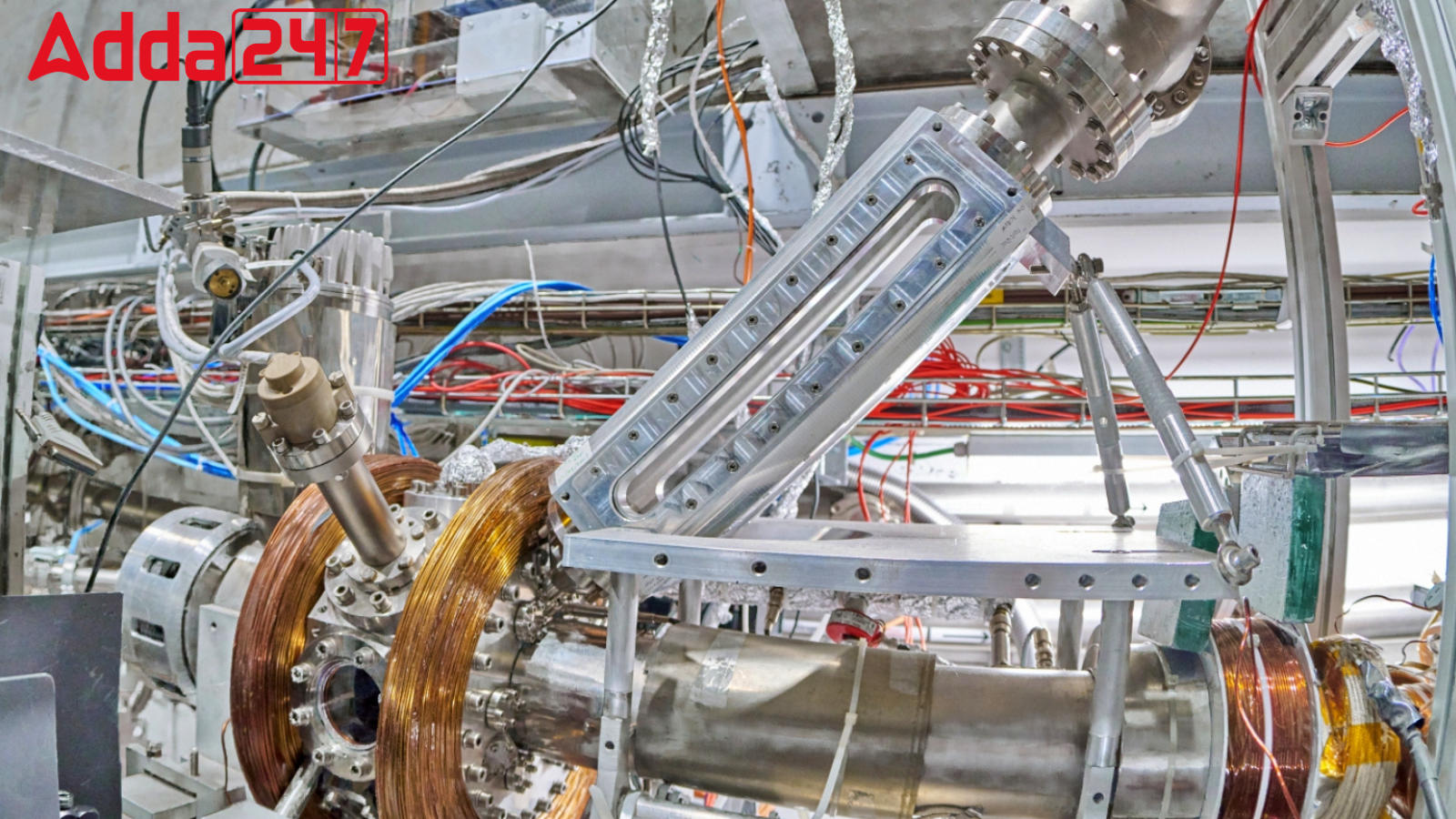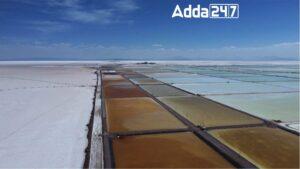For the first time, an international collaboration of researchers has successfully demonstrated the laser cooling of Positronium, a short-lived hydrogen-like atom that provides an ideal testing ground for bound-state quantum electrodynamics.
Breakthrough Achieved
In the recently published paper in the Physical Review Letters, the AEgIS team has described the laser cooling of Positronium atoms achieved from ~380 Kelvin (106.85 degrees Celsius) to ~170 Kelvin (minus 103.15 degrees Celsius), using a 70-nanosecond pulsed alexandrite-based laser system.
The AEgIS Collaboration at CERN
The Antihydrogen Experiment: Gravity, Interferometry, Spectroscopy (AEgIS) collaboration has performed complex experiments at the European Organization for Nuclear Research, CERN in order to obtain this breakthrough.
Understanding Matter-Antimatter Interactions
The results could pave the way for taking up advanced studies leading to improved understanding of the physical nature, comprising matter and antimatter facilitated through the interactions between light and charged matter.
The Uniqueness of Positronium
Positronium is a fundamental atom that comprises an electron (e-) and a positron (e+). Electrons and positrons are leptons, and they interact through electromagnetic and weak forces. Since Positronium is only made up of electrons and positrons, and no usual nuclear matter, it has the unique distinction of being a purely leptonic atom.
Leading the Indian Effort
Sadiq Rangwala, a professor at Raman Research Institute, is part of the AEgIS collaboration, which includes physicists from Europe and India. He leads the Indian team and has made significant contributions, especially in designing laser beam alignment diagnostics for the CERN accelerator setup.
Technological Advancements Enable Breakthrough
Despite ongoing research since the late 1980s, recent improvements in laser technology have enabled scientists to cool down Positronium. The difficulty arose from the lasers operating in deep ultraviolet or infrared bands, making laser alignment a challenging task.
Implications for Quantum Electro Dynamics
Cooling anti-atoms using lasers and comparing their spectra is a crucial test for Quantum Electro Dynamics (QED). It not only paves the way for creating unique many-particle systems such as Bose Einstein Condensates but also serves as a significant preliminary experiment for the formation of anti-hydrogen in the AEgIS experiment. The ultimate aim is to test the equivalence principle.



 Mankind Pharma Acquires Bharat Serums an...
Mankind Pharma Acquires Bharat Serums an...
 Discovery of Lithium Resources in Mandya...
Discovery of Lithium Resources in Mandya...
 What is Blue Screen of Death?
What is Blue Screen of Death?
